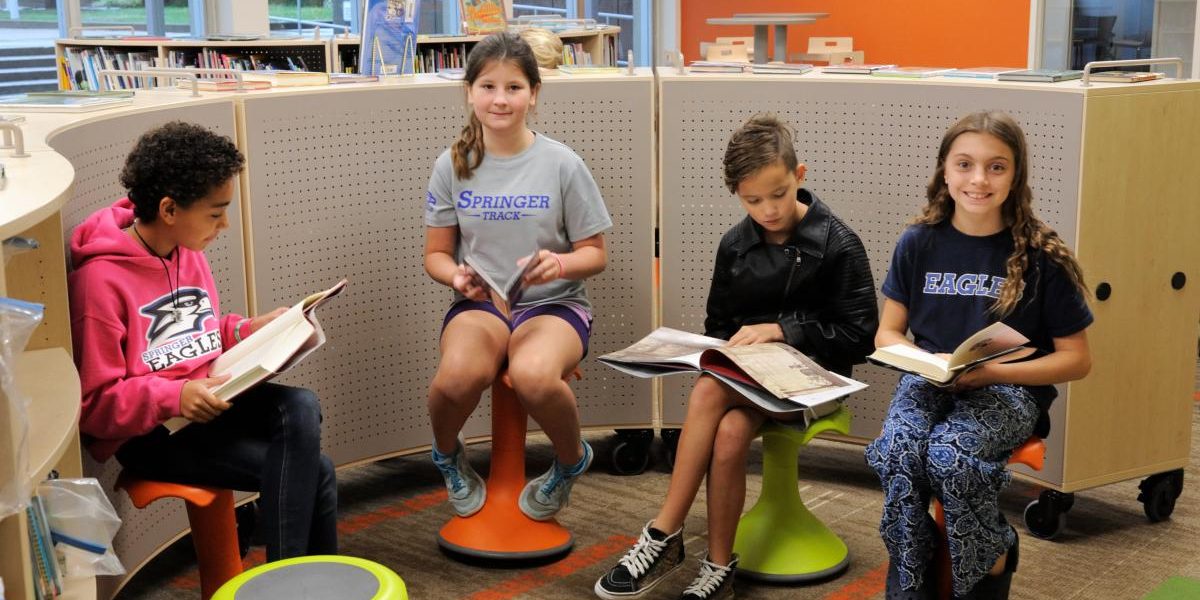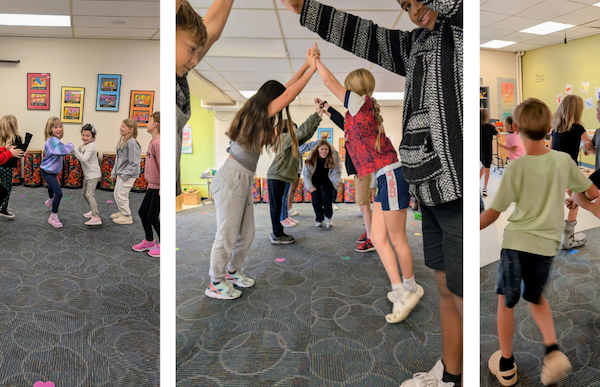
Establishing Ground Rules for Technology – for Adults and Children
August 22, 2018
Warning Signs of Dyslexia in Young Children
September 12, 2018
About 80 percent of students on an Individual Education Plan (IEP) under the category of Specific Learning Disability have a reading disability. The International Dyslexia Association defines dyslexia as “a specific learning disability that is neurobiological in origin. It is characterized by difficulties with accurate and/or fluent word recognition and by poor spelling and decoding abilities.”
That is, dyslexia results from difference in the way the brain recognizes individual speech sounds and then associates those sounds with specific letters or letter patterns. These students have difficulty with reading and pronouncing individual words (decoding), but also with spelling (encoding). Dyslexia is a language-based learning disability.
The International Dyslexia Association suggests that perhaps 15-20 percent of the population as a whole has some symptoms of dyslexia, though not everyone will be severe enough to be considered to have a disability. Here at Springer School and Center, Dyslexia is a common reason that parents seek intensive specialized schooling for their student. Dyslexia is not related to intelligence. People with Dyslexia can be found in all professions: Medical Doctors, Scientists, Musicians, Artist, Business Owners and Teachers, to name just a few.
Dyslexia is diagnosed through a thorough evaluation process, typically after some intervention or small group instruction has been tried at school. Parents can ask their schools about an evaluation for suspected dyslexia or seek an outside evaluator who is qualified to make the diagnosis, such as a Speech Language Pathologist or a Psychologist with expertise in that area. Of course, a child needs to be screened for hearing and vision problems, which usually takes place at the Pediatrician’s office. Some adults come to realize that they have dyslexia when their children are diagnosed. Dyslexia has a hereditary component, as do many other human attributes.
While dyslexia has no cure, there are specific kinds of instructional techniques that have been proven to help people with dyslexia develop language and reading skills, and there are a number of technology tools today that can assist people with dyslexia. Children will also benefit when relatives with dyslexia honestly share stories of the strategies that led to their success and how they coped with frustration. The website for the International Dyslexia Association is a reliable resource for information on Dyslexia.

In the coming weeks on the blog, we will discuss more of the warning signs of dyslexia and what types of instructional strategies parents should look for when seeking help for their struggling child.
Blogger Mary Ann Mulcahey, PhD, shares her expertise in assessment and diagnosis of learning disabilities and ADHD, and the social/emotional adjustment to those issues. If you have questions, please contact Mary Ann at .



